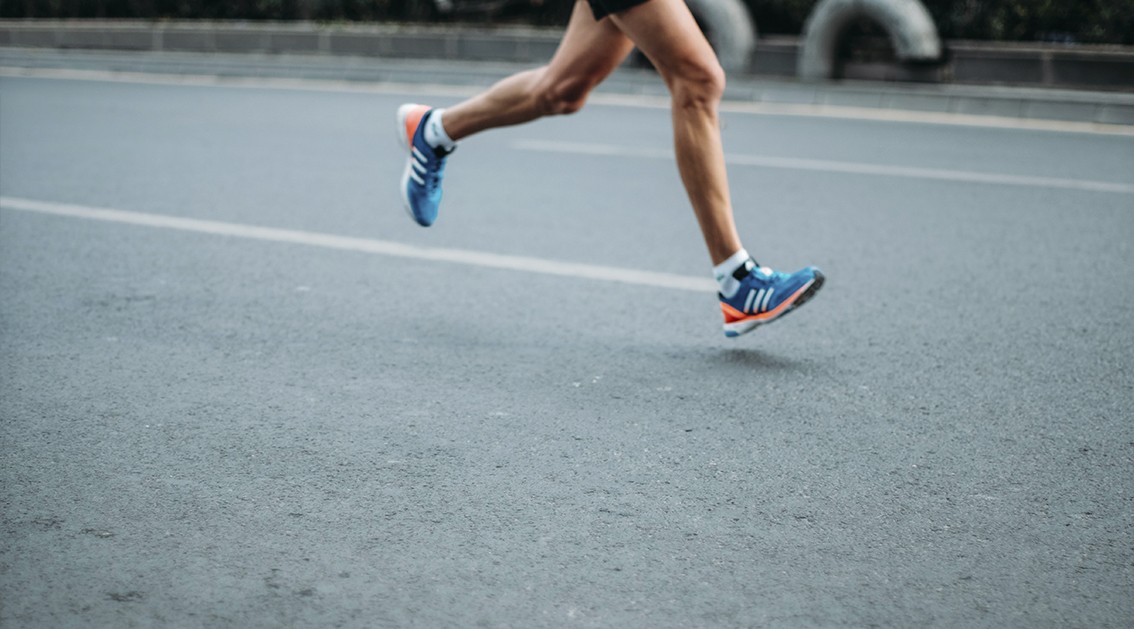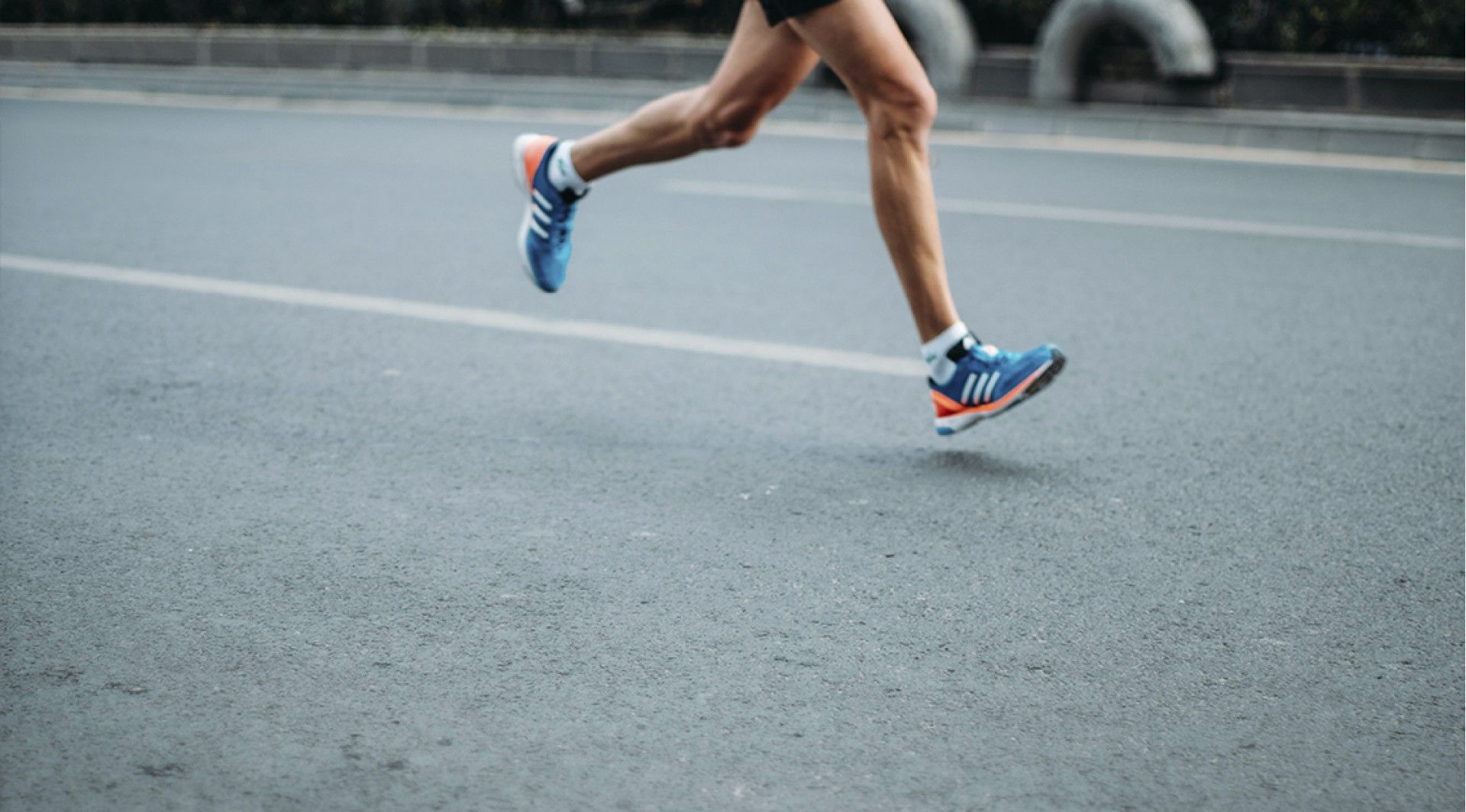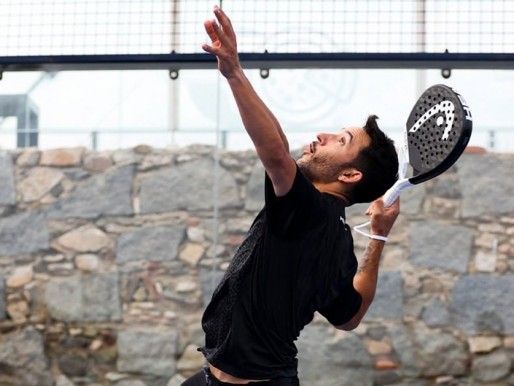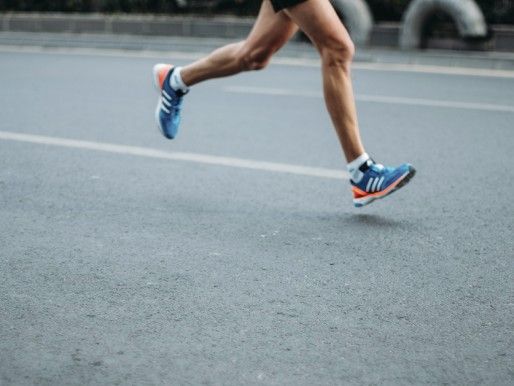You are just starting your journey into the world of athletics and you have heard the terms "pronation and supination" and you don't know what they mean?
Also, do you want to choose your running trainers, but first you want to understand what your stride type is?
Then follow us throughout this blog and find out all about the types of stride: pronated, neutral and supinated. As well as discovering what each one means, you will also discover the main differences between them and how to find out what your type of gait is.
Neutral, pronation and supination stride
Pronation
Pronation is the term that describes the movement of the foot, i.e. the way the foot leans inward as a way of transferring weight to the inside edge.
Although pronation is associated with something negative, when walking or running, having a certain degree of pronation is normal and healthy.
However, if there is a lack or excess of pronation, associated problems can arise over time. Namely, when it comes to joints and running performance.
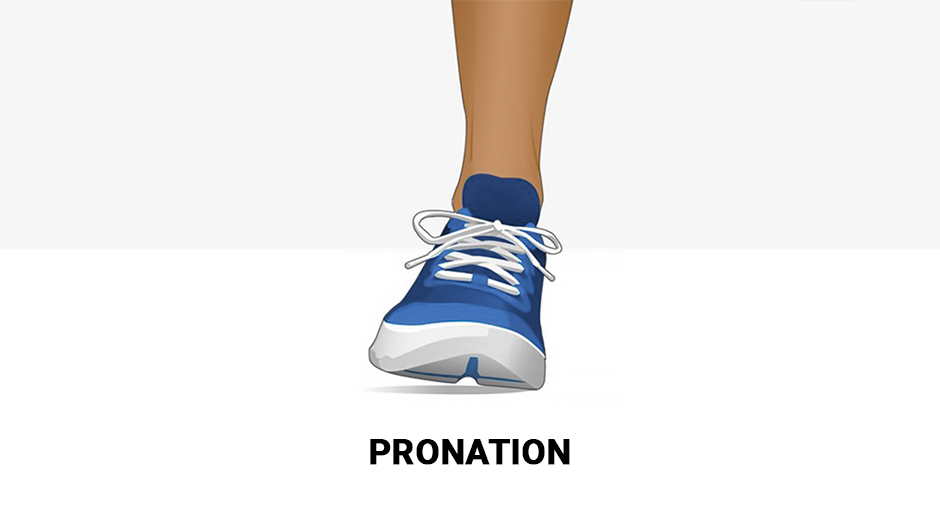
Supination
Supination occurs when the movement of the foot takes place in the opposite direction to pronation, i.e., leaning outward. In this case, the weight is transferred to the external border of the foot.
Normally, athletes with supination have a high plantar arch.
On the other hand, one of the biggest problems with supination is that the weight resulting from running is not distributed over the entire sole of the foot, leading to it being supported only by the smaller and weaker structures of the foot.
In addition, the supinated stride also puts additional pressure on the tibia and knee, thus increasing the risk of running injuries.
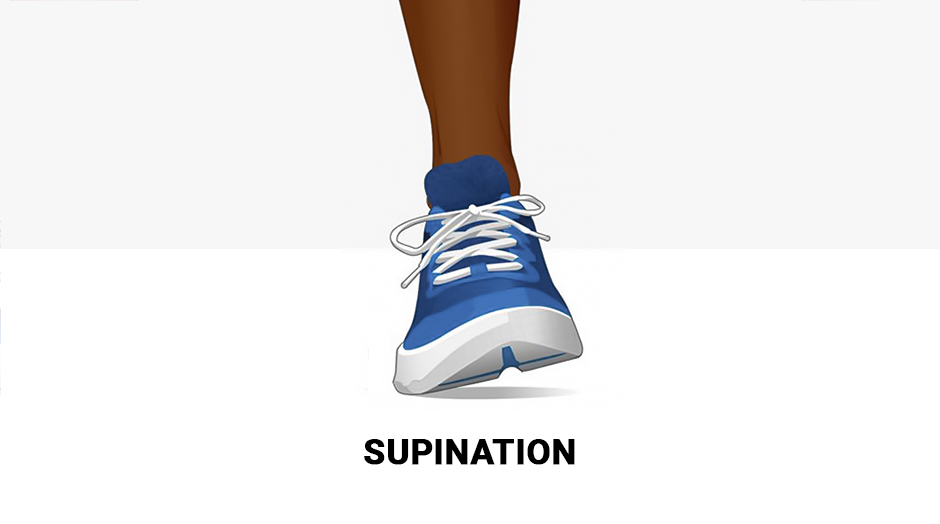
Neutral stride
Finally, in neutral stride, the feet lean slightly inwards (supination) when they touch the ground. This means that the outer edge of the foot touches the ground before the rest.
As the foot bears the weight of the body during the run, it rotates downward and outward so that it is in full contact with the ground (pronation).
In this way, the foot is in an intermediate posture, that is, in a neutral position.
Basically, this movement of the supinated position in contact with the ground, followed by a neutral position, is a natural part of the gait cycle.
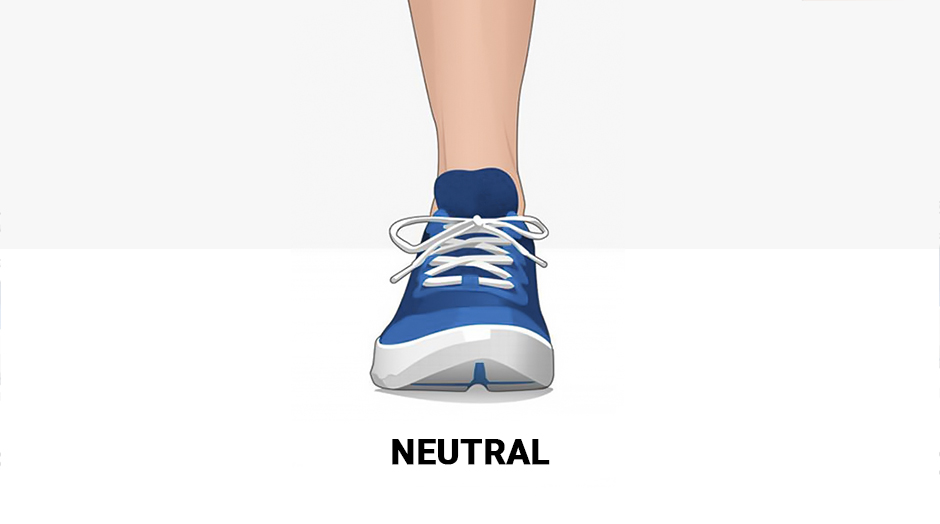
How to know what your stride type is?
Finally, the best way to find out if your stride is neutral or if you suffer from pronation and supination is by analysing your gait.
So, besides analysing the wear patterns of your soles, you should also consult a specialist who will help and support you in identifying your type of gait.
Even so, if what you really want is to understand what type of running trainers are suitable for your stride, then we invite you to visit one of our Bazar Desportivo shops, where you will find well-informed professionals that are totally available to help you choose your running shoes.
We look forward to seeing you!


